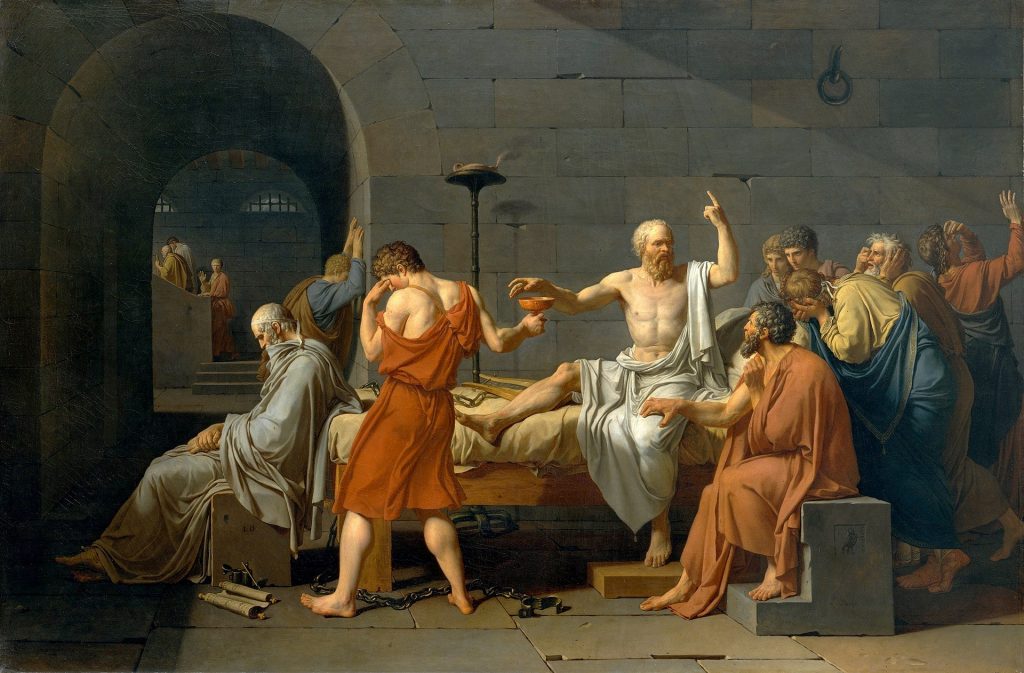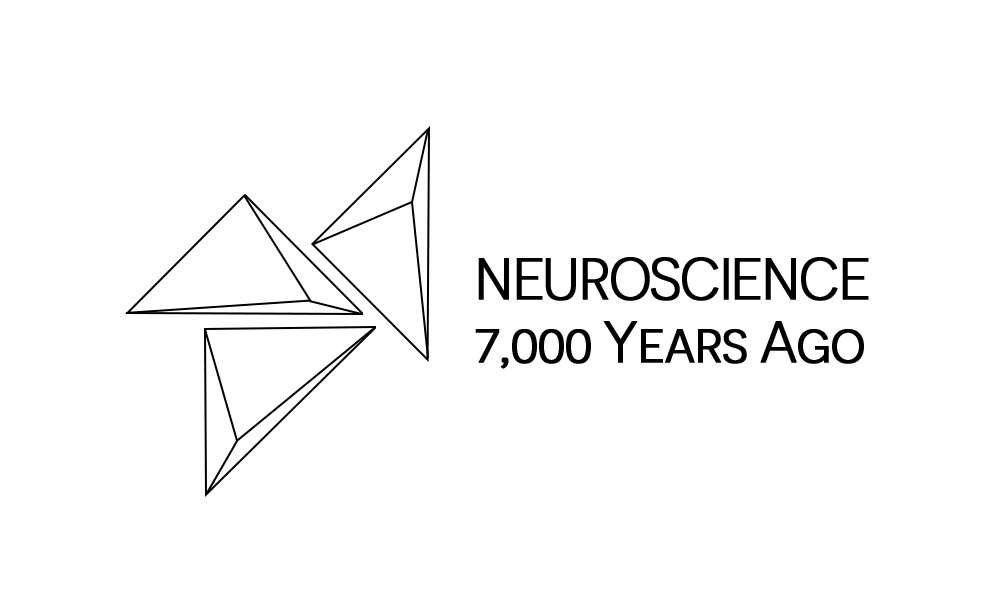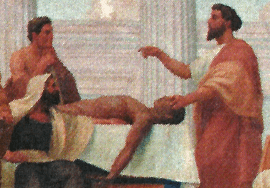
Plato Attempts to Understand
Plato’s theory of forms leads him to a position where he sees human beings as having an
earthly perishable body occupied by a spiritual or soul-like self that he calls the psyche. This idea, otherwise known as dualism (i.e. the body and soul are regarded as different entities) is made most strongly in a dialogue called the Phaedo.
Phaedo takes place between Socrates and several of his students just prior to his death. In this work, Socrates argues that the psycheis immortal and destined to leave his body at the moment of death. Its destination is the realm of true knowledge where the psyche had resided before birth (Figure 1).

- Soul as A New Definition to Mind:
Socrates also describes the psyche as a force that imparts life to the body, which also provides it with self-volition, enabling bodily movement and willful action. However, perhaps most important of all, Socrates holds the true purpose of the psyche in the earthly physical world is to reason and establish (or more accurately ‘recollect’) what is true.
Thus, the psyche is much more than a life force in the Homeric tradition. Rather, it is the organ of thought that is the true self of the individual. This is an important change, for the psyche now becomes recognisable as the entity many people and religions accept today as the soul.
Plato’s concept of the soul is, however, very different from nowadays, for he would attribute it with three distinct parts: epithymetikon, thymos, and logistikon.
- Epithymetikon was associated with the liver and gut, where it fulfilled the basic vegetative needs of the individual.
- Thymos located in the heart instigated emotions such as anger, fear, pride and courage.
N.B. Both of these were also believed to exist in other animals and perish at the point of death.
- Logistikon was different: this was a spiritual force unique to humans, providing the individual with thought and intelligence.
It was also immortal, capable of reincarnation, and resided in the brain. Plato’s conception of the rational soul was to have a lasting impact on western culture, because many aspects of it would be embraced by Christian thinkers. In particular, Saint Augustine (354–430 AD) took many of Plato’s ideas and wove them into the fabric of Christianity.
By doing this, Plato’s authority would be strengthened and his idea that the brain is the sole organ of reasoning was given official approval.
Plato can never be considered a biologist, or a founding father of neuroscience; nonetheless he writes about the intellectual powers of the head and brain in a number of his dialogues.
For example, in the Phaedo he states that: ‘the brain is the originating power of the perceptions of hearing and sight and smell, and memory and opinion may come from them’.
A similar endorsement also apparently occurs in the Timaeus where Plato writes: ‘the head is the most divine part and dominates over the rest of the body in us’.
However, perhaps Plato’s most famous description of the brain’s purpose is given in his chariot allegory, which is introduced in the Phaedrus. Here, he characterises the soul as two horses:
- Black and ugly, which represents the baser appetitive components of the soul;
- White and noble, characterising a more honourable animal.
Both are controlled by the charioteer, representing intellect and reason who must do his best to stop the two horses pulling in separate directions. The brain (presumably) is therefore seen as being responsible for exercising executive control over our baser desires.
It’s logical to represented by the prefrontal cortex of the brain which is responsible for the superior executive functions [1].
References:
1 Wickens, A.P.: ‘A history of the brain: from stone age surgery to modern neuroscience’ (Psychology Press, 2014. 2014)










